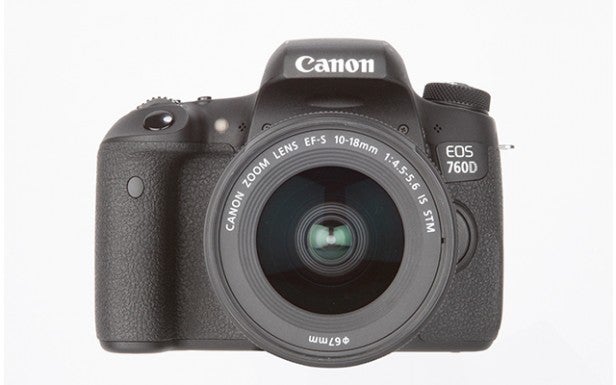Canon EOS 760D Review
Canon EOS 760D
Easygoing price, serious control
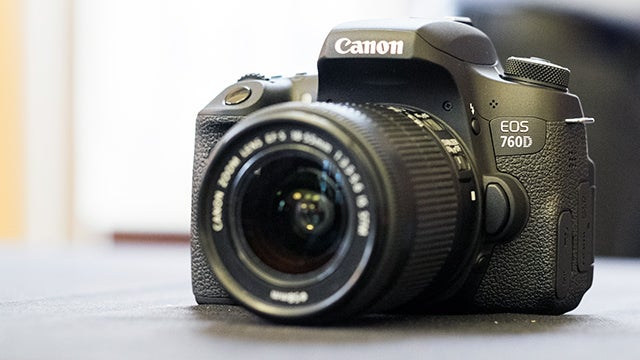
Sections
- Page 1 Canon EOS 760D Review
- Page 2 Features, Screen and Viewfinder Review
- Page 3 AF, Image Quality, Video and Verdict Review
Verdict
Pros
- Great images
- Strong controls
- Improved burst buffer
- Handy touchscreen and articulation
Cons
- No 4K video, or 60p Full HD
Key Specifications
- Review Price: £649.00
- 24.2-megapixel APS-C sensor
- 100-12800 ISO range
What is the Canon EOS 760D?
The Canon EOS 760D is an affordable DSLR in the package of a more high-end model. Its a far throw from models designed for first-timers, wishing to spend much of their time with the mode dial set to Auto.
The 760D’s body alone will set you back £649, but it’s also available with a few different “kit” lenses depending on what you’re after.
The Nikon D5500 and Pentax K-S2 each offer elements that beat the Canon EOS 760D, but this advanced-feeling camera deserves to sit among them. It’s the APS-C Canon DSLR to go for if you’re interested in getting more involved with the company’s lens system.
SEE ALSO: Best Cameras 2015

Canon EOS 760D – Design and Handling
When the Canon EOS 760D was first announced, we were left scratching our heads. Why were the EOS 750D and 760D – featuring the same specs – outed at the same time?
These models are here to fill-out the Canon DSLR line-up. The particular appeal of the EOS 760D is that it offers a control layout that feels similar to that of a high-end camera. With a price of £649 for the body alone you may assume this is a high-end camera, but in the world of DSLRs this is actually a more affordable model.
With that status, build quality is more humble. Although the Canon EOS 760D skeleton is made from aluminium, the outer parts of the camera are made up of plastic and carbon fibre. More expensive models have magnesium-alloy shells, giving you a more luxurious, more hardy finish. This camera is still pretty rugged, though, and will be able to handle some abuse.
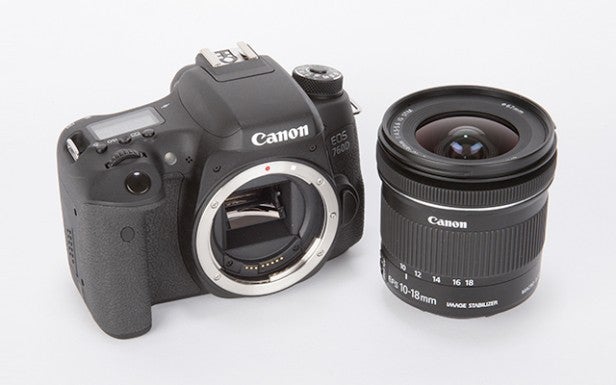
The 760D isn’t designed to be used in terrible weather, though. Weatherproofing is, again, something more often seen in higher-end models. The only camera is this class to offer any water resistance is the Pentax K-S2, whose seams are water-tight and card slots and ports are covered by rubber-sealed flaps. You don’t get that here, however.
What you do get are the types of controls and displays generally seen on cameras costing significantly more, and the 760D’s top plate is a good example. The mode dial sits on the left side rather than the right (from your shooting position), and there’s an extra LCD panel through which you can view vital information such as shooting settings, battery level and how many shots will fit on the SD card.
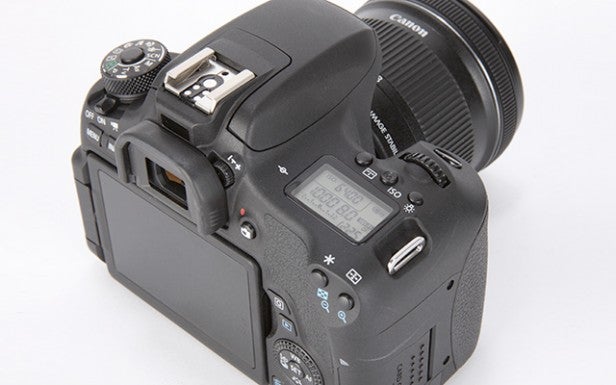
The result is that the Canon EOS 760D needs to be operated with two hands, rather than one. However, it’s therefore easier to control multiple items at once. Unlike the more accessible Canon EOS 750D, it’s possible to lock the 760D’s mode dial. This is another high-end design trait, and stops you from accidentally changing its setting. Few things are more annoying mid-shoot.
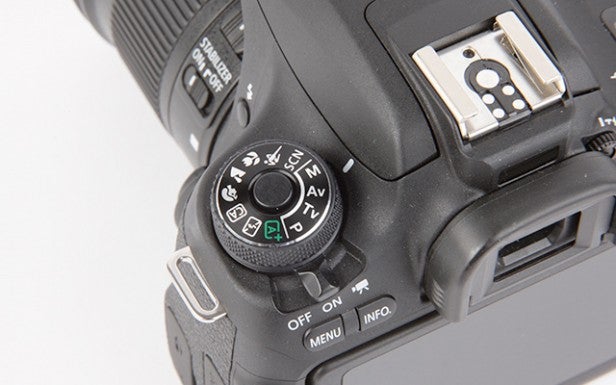
To actually select shooting settings, you use the two manual dials. One sits just behind the shutter button, and the other is on the D-pad around the back of the camera. You have plenty of control, although higher-end Canon models such as the EOS 7D MK II use dials that are both a bit larger and offer greater resistance.


